Top Hospitals for Treatment of Lumbar Spinal Stenosis in Germany
Each hospital in this list meets Booking Health’s strict international standards: at least 250 surgeries per year, ISO‑certified quality management, and documented survival outcomes. Our medical board then ranks the clinics by clinical expertise, technology, and patient‑satisfaction scores.
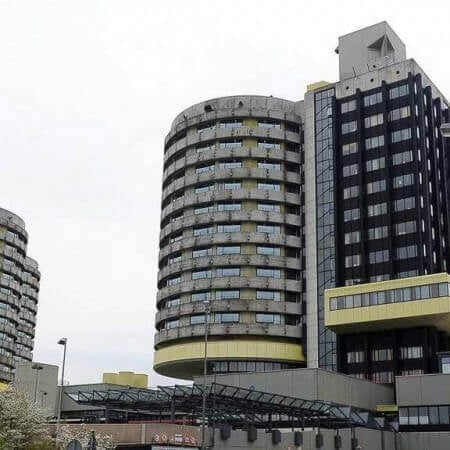
According to the Focus magazine, the University Hospital Muenster ranks among the top German hospitals! The hospital belongs to the most prestigious medical institutions in Germany. The hospital is distinguished by a high professionalism of its doctors, state-of-the-art technological equipment and the availability of the most ad









Diagnostic tests for lumbar spinal stenosis
Price from:
0.00
Go to the program Treatment of lumbar spinal stenosis (1 segment) with decompressive laminectomy and discotomy
Price from:
12785.48
Go to the program Treatment of lumbar spinal stenosis (2-3 segments) with decompressive laminectomy and discotomy
Price from:
17124.2
Go to the program Treatment of lumbar spinal stenosis (4 segments) with decompressive laminectomy
Price from:
18635.91
Go to the program Surgical treatment of lumbar spinal stenosis in combination with instability with decompressive laminectomy and the stabilizing operation (4 segment)
Price from:
33369.65
Go to the program Treatment of lumbar spinal stenosis in combination with instability with decompressive laminectomy and the stabilizing operation (1 segment)
Price from:
26666.43
Go to the program Treatment of lumbar spinal stenosis in combination with instability with decompressive laminectomy and the stabilizing operation (2-3 segments)
Price from:
33500.15
Go to the program Treatment of lumbar spinal stenosis (1 segment) with decompressive laminectomy
Price from:
13695.85
Go to the program Treatment of lumbar spinal stenosis (4 segments) with decompressive laminectomy and discotomy
Price from:
19061.86
Go to the program 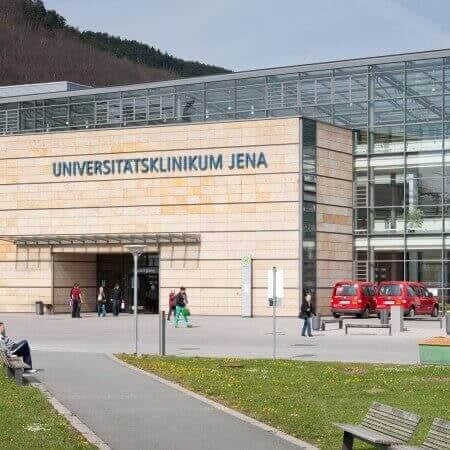
According to the prestigious Focus magazine, the University Hospital Jena regularly ranks among the top German medical facilities! The hospital has positioned itself as a multidisciplinary medical facility with a long history of more than 200 years. Since its foundation, the hospital has been constantly developing and modernizin


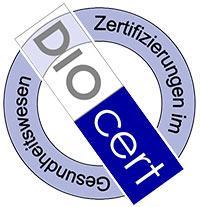
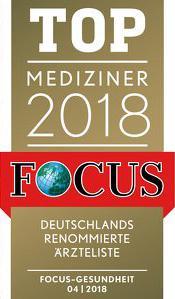





Diagnostic tests for lumbar spinal stenosis
Price from:
0.00
Go to the program Treatment of lumbar spinal stenosis (1 segment) with decompressive laminectomy and discotomy
Price from:
13012.03
Go to the program Treatment of lumbar spinal stenosis (2-3 segments) with decompressive laminectomy and discotomy
Price from:
17459.32
Go to the program Treatment of lumbar spinal stenosis (4 segments) with decompressive laminectomy
Price from:
19076.48
Go to the program Surgical treatment of lumbar spinal stenosis in combination with instability with decompressive laminectomy and the stabilizing operation (4 segment)
Price from:
33560.7
Go to the program Treatment of lumbar spinal stenosis in combination with instability with decompressive laminectomy and the stabilizing operation (1 segment)
Price from:
26931.6
Go to the program Treatment of lumbar spinal stenosis in combination with instability with decompressive laminectomy and the stabilizing operation (2-3 segments)
Price from:
33367.56
Go to the program Treatment of lumbar spinal stenosis (1 segment) with decompressive laminectomy
Price from:
13707.34
Go to the program Treatment of lumbar spinal stenosis (4 segments) with decompressive laminectomy and discotomy
Price from:
18829.05
Go to the program 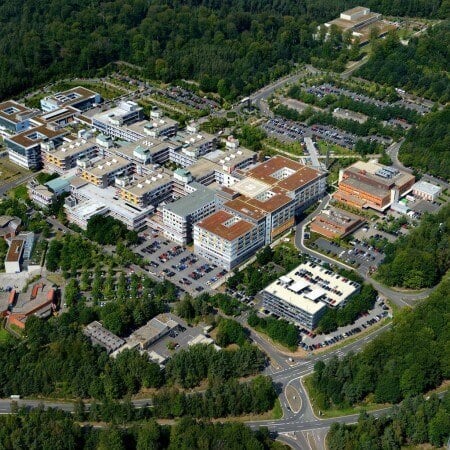
The University Hospital Marburg UKGM offers patients modern diagnostics and comprehensive therapy at the international level. As a maximum care hospital, the medical facility specializes in all fields of modern medicine ranging from ophthalmology to traumatology and dentistry. The main areas of specialization of the hospital are



Diagnostic tests for lumbar spinal stenosis
Price from:
0.00
Go to the program Treatment of lumbar spinal stenosis (1 segment) with decompressive laminectomy and discotomy
Price from:
11141.18
Go to the program Treatment of lumbar spinal stenosis (2-3 segments) with decompressive laminectomy and discotomy
Price from:
14481.83
Go to the program Treatment of lumbar spinal stenosis (4 segments) with decompressive laminectomy
Price from:
15662.6
Go to the program Surgical treatment of lumbar spinal stenosis in combination with instability with decompressive laminectomy and the stabilizing operation (4 segment)
Price from:
28250.92
Go to the program Treatment of lumbar spinal stenosis in combination with instability with decompressive laminectomy and the stabilizing operation (1 segment)
Price from:
22225.25
Go to the program Treatment of lumbar spinal stenosis in combination with instability with decompressive laminectomy and the stabilizing operation (2-3 segments)
Price from:
28351.14
Go to the program Treatment of lumbar spinal stenosis (1 segment) with decompressive laminectomy
Price from:
0.00
Go to the program Treatment of lumbar spinal stenosis (4 segments) with decompressive laminectomy and discotomy
Price from:
15876.62
Go to the program 

